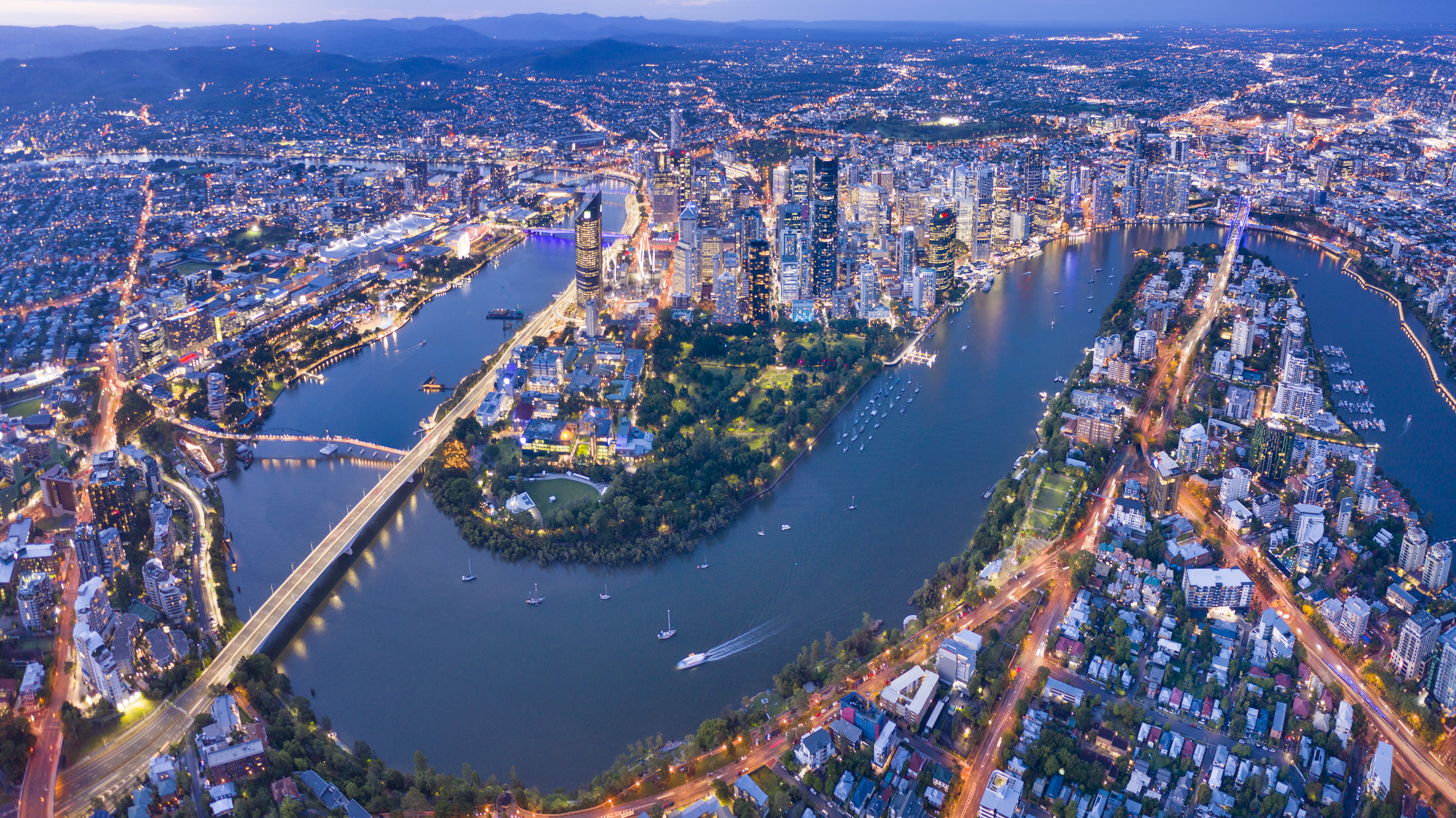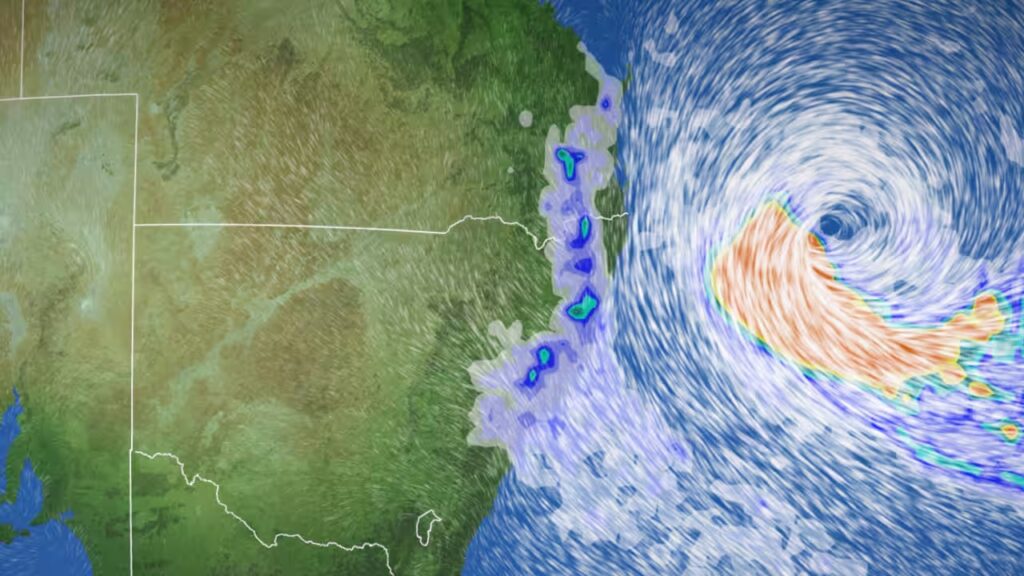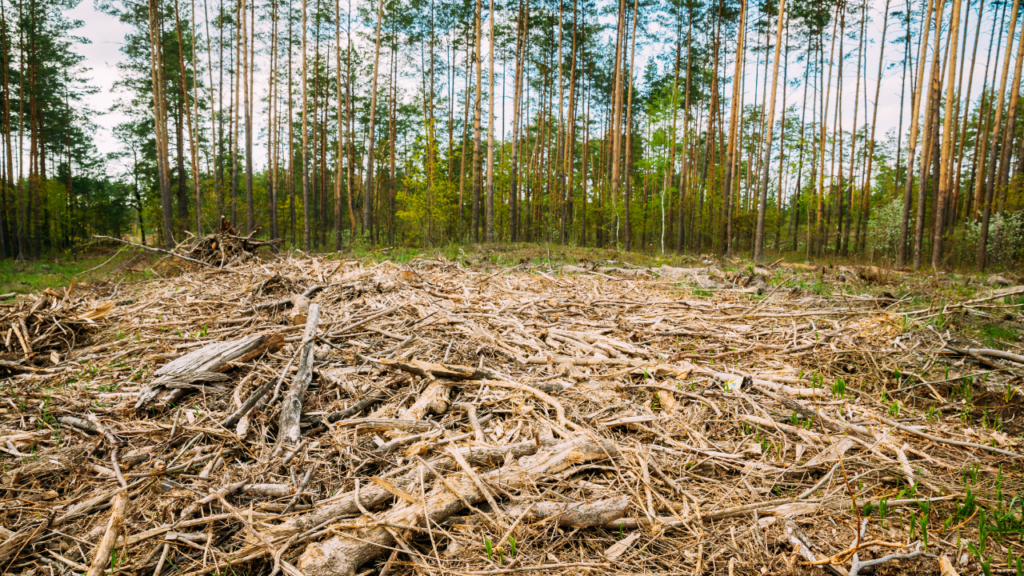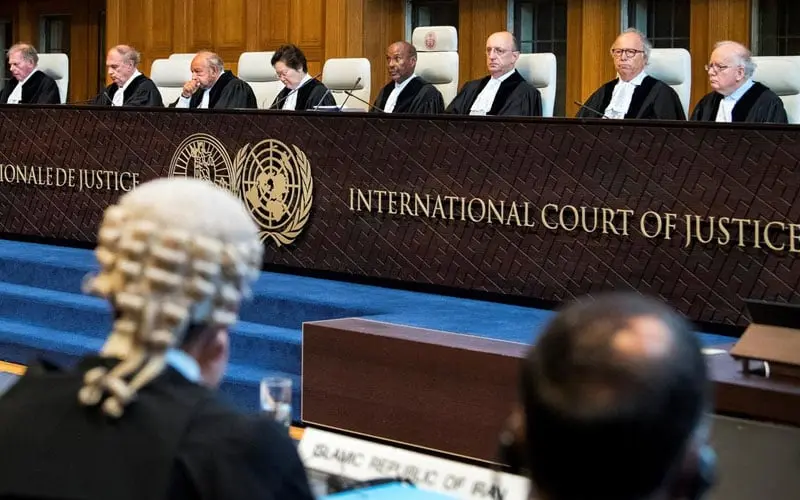Australia’s shift to clean energy is well underway. Already, around 40 percent of the electricity in our main national grid comes from reliable clean energy sources, like solar and wind. More than 3.5 million Aussies have solar on the roof, and households are disconnecting from gas like never before. To slash climate pollution further and faster while delivering a more affordable and resilient energy system, we need to accelerate this momentum.
So let’s talk about gas. Gas is a fossil fuel that produces a lot of climate pollution throughout its supply chain, which means it is harming us wherever we extract, process and burn it. In spite of the damaging contribution it has made to global warming, gas has been an important energy source for Australia and our international trading partners. But this is changing rapidly as we move to renewables backed by storage in our grid, electrify our homes and start to swap gas for cleaner alternatives in our industries. Our trading partners are on the same journey, and already using less gas as a result.
As we power past gas, Australia can meet our own energy needs at all times and help our trading partners do the same. If we don’t there’s serious economic and environmental consequences.
Gas has served Australia in the past, but it’s time to get real about moving on. By acknowledging that Australia’s gas supply from existing sources will reduce over time, we can fully channel investment, workforce and supply chains towards growing new Australian industries with a bright, long-term future – like green metals, clean manufacturing and zero emission fuels.
For Australia and our international partners to keep thriving, we need to balance energy demand and supply as we shift to a clean energy economy. There are several ways we can do this. The Australian Government’s Future Gas Strategy, released in May 2024, pays far too little attention to the huge opportunities created by electrification and fuel switching, which will continue to slash demand for gas – both in Australia and internationally. Worse, it also assumes we will dig up, sell and burn huge amounts of gas long into the future, and recommends the development of new gas fields in Australia to provide this supply
Gas has a small and shrinking role to play in our future clean energy mix. This report shows how we can balance our energy needs on the way to a cleaner energy system and take charge of the change that is underway in global energy markets. We can make better choices today which will protect our kids from more climate pollution and step decisively towards the next era of Australian prosperity. A real strategy for the future of gas in Australia is one that powers us past this polluting fossil fuel and into a cleaner energy system.

Key Findings
1. The world is embracing clean energy, not gas.
- The International Energy Agency expects global demand for gas will peak before 2030 then go into a structural decline.
- Gas is a dangerous fossil fuel responsible for climate pollution that is harming Australians and the places we love. At a 2023 United Nations climate summit, nearly 200 countries (including Australia) agreed to accelerate the switch away from fossil fuels this decade and to triple the roll out of renewables by 2030.
- Eighty percent of Australia’s gas exports are shipped to three countries: Japan, South Korea and China. Each of these countries have set targets under the binding international ‘Paris Agreement’ to cut climate pollution this decade.
- Japan plans to reduce its gas-powered generation by half by 2030 as renewable energy generation grows. This shift is impacting Japanese demand for imported gas, which fell by 8% in 2023 alone.
- South Korea plans to double clean energy in its power mix by 2030, while cutting gas generation.
- In China, solar, wind and storage are booming. China commissioned as much solar in 2023 as the whole world did in 2022, and is now expected to meet its 2030 target of 1,200GW of wind and solar six years ahead of schedule.
2. A surge in new projects means, globally, there will soon be too much gas.
- The world faces a huge oversupply of gas from 2026, making it more cost efficient for gas corporations to buy gas from cheaper, established sources than invest in new projects – particularly as overall demand for gas declines.
- Australia’s existing gas supplies are shrinking, while new gas projects in Australia have high development costs and struggle to generate returns on capital investment.
- The Australian Government’s own analysis shows that gas produced from a typical gas project in the United States or Qatar is 30-55% cheaper than gas from Australian projects. In a world awash with gas, Australia will no longer be a supplier of choice.
- Pursuing new gas projects in Australia will add to our climate pollution crisis. More gas is a bad bet against our kids having a safer future and enjoying a thriving, clean economy.
3. Australia can reliably meet our energy needs without new gas.
- Australia’s shift to clean energy is already well under way. Already, one in three Australian households have put solar panels on their rooftops, and 40 percent of our main national energy grid is powered by clean sources.
- More than 80 percent of the gas produced here is either shipped to Asian markets as liquefied gas, or used to liquefy gas for export. We only use a fraction of what we produce here at home.
- Gas has a small, shrinking and short-term role to play in Australia’s energy mix. By expanding our clean energy capacity this decade, we
can limit gas to a small residual ‘firming’ role in Australia’s electricity grid, halve gas use in our homes and businesses and cut gas use by one-third across our industries. - We have more than enough gas to meet the needs of Aussie families, businesses and industries during this transition. Gas from Australia’s existing projects through to 2035 would be enough to power our domestic energy needs for 64 years.
4. We need new policy thinking, not new gas.
- To avoid adding to our pollution problems and the upcoming global oversupply of gas, Australia should stop building new gas projects and start delivering new policy approaches to ensure we meet our own residual
energy needs first. - The Australian Government has taken some steps to reserve Australian gas to meet domestic energy needs, but can go further. A new Energy Security Guarantee can require multinational gas companies to meet Australian energy needs first without ripping up their contracts with international customers.
- Starting a managed decline of gas exports would see Australia take control of our energy and export future. We can build up clean industries with a bright future over the years ahead, as we sensibly scale down this highly polluting, declining one. That is what a real strategy for gas in Australia looks like.










